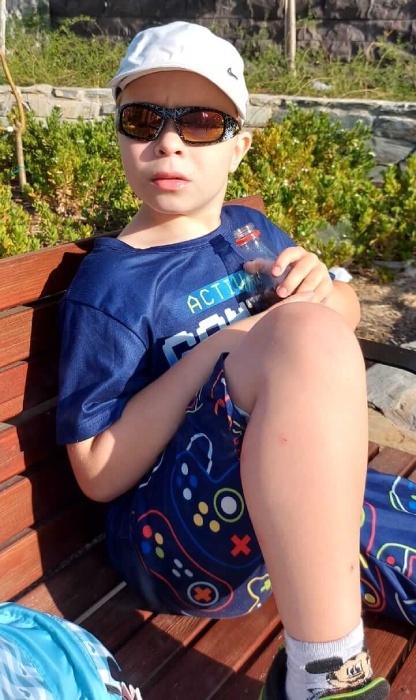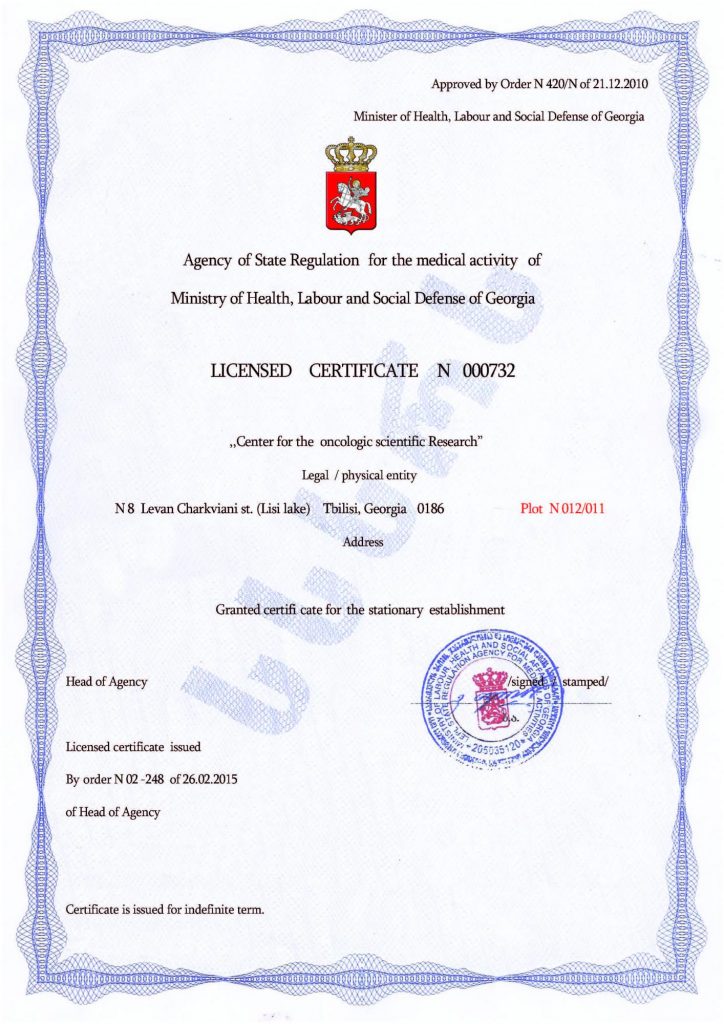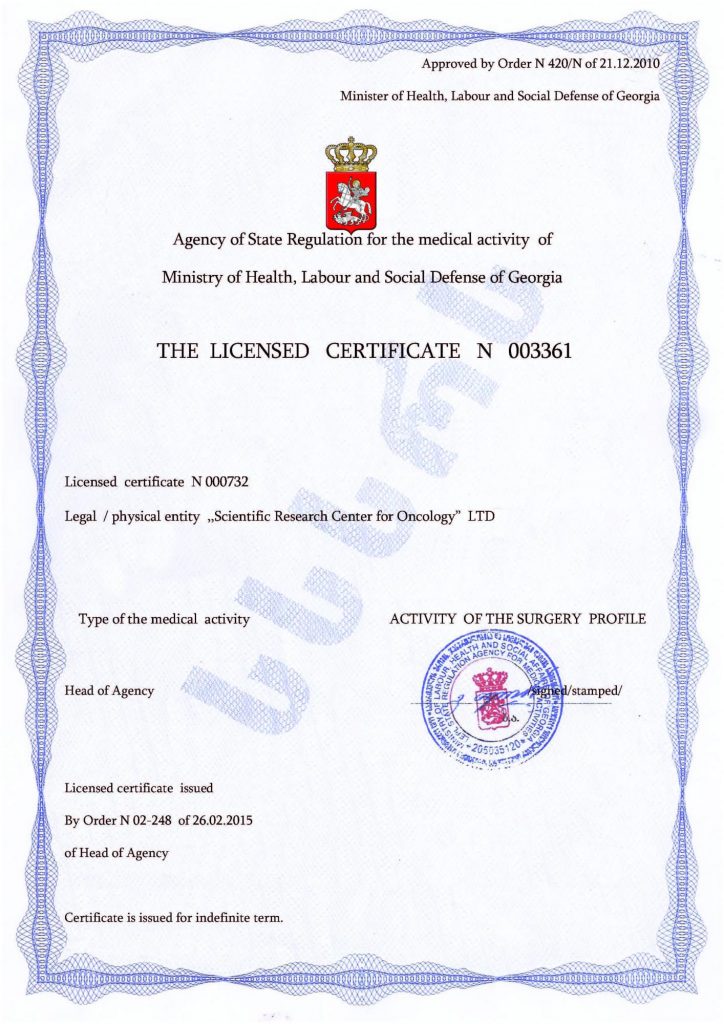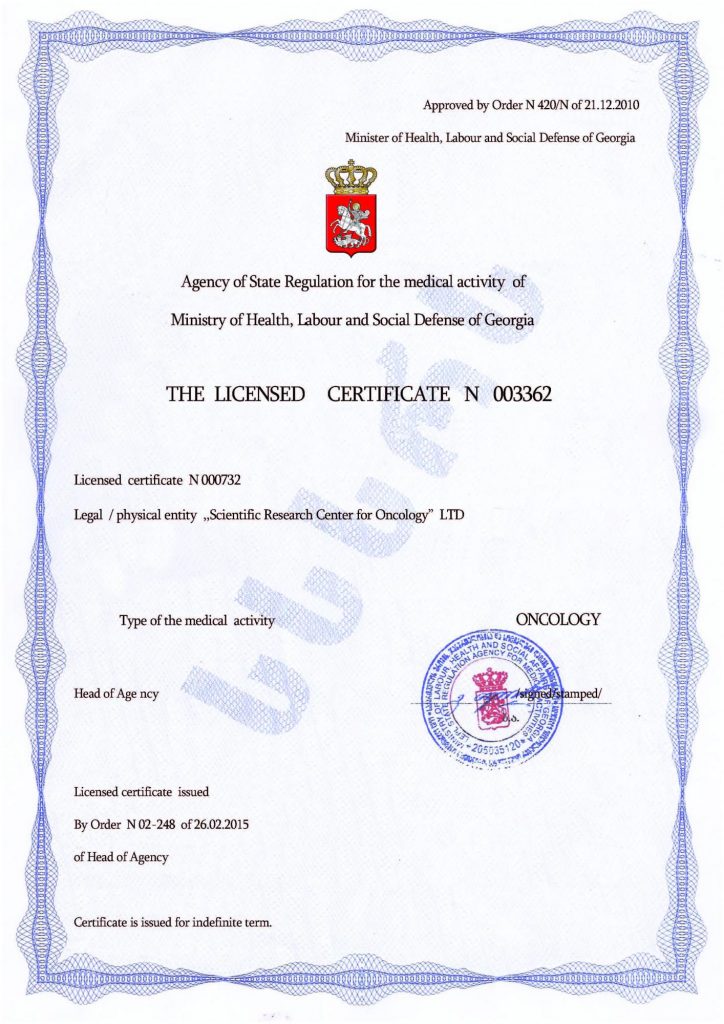Autistic Child Poops in the Pants
It is known that many autistic individuals suffer from indigestion. These problems often have physiological causes linked to digestive process disorders and abnormalities in brain development, which can prevent the formation of self-care skills. Some autistic children stop needing diapers only after 3–4 years, while others face toilet-related challenges for a longer time.
How to Teach an Autistic Child to Use the Toilet
- Exclude Physiological Causes
Pay attention to the child’s stool. Signs like pus, undigested food, or an unpleasant odor indicate improper digestion. If such problems are present, a doctor’s consultation is essential. - Assess the Child’s Ability to Use the Toilet Independently
Determine if the child is capable of understanding and managing the toilet process. - Focus on Comprehensive Skill Formation
Encourage the development of self-care skills alongside efforts to support brain development.
Readiness Indicators for Potty Training
Before teaching a child with autism how to use a potty, parents should ensure the child meets these criteria:
- Physical Readiness: The child’s age and physical development are adequate for sitting on a potty.
- Awareness: The child understands the process of bowel and bladder emptying.
- Recognition: The child can feel the filling of excretory organs and consciously prepares for emptying (e.g., freezing or stopping activity).
Practical Tips for Toilet Training
Parents can find numerous programs and advice online, such as ABA therapy’s toilet training methods. Regardless of the approach, the general principles are similar:
- Involve the Child in Choosing a Potty
Take the child to the store and let them pick a potty they like. - Avoid Punishment
Never punish the child for accidents. Instead, focus on the consequences and involve the child in cleaning up, gently encouraging them to use the toilet to avoid such situations. - Use Positive Reinforcement
Offer rewards that are meaningful to the child to encourage desired behavior. - Accommodate Habits
Many autistic children prefer to poop while standing. Encourage them to sit on the toilet or potty gradually. - Utilize Visual Cues
Use pictures or graphic instructions to illustrate the steps involved in using the toilet. - Create a Step-by-Step Training System
Develop a tailored plan based on the child’s physical and psychological abilities. For example, start by encouraging the child to pee or poop near the potty in a diaper before transitioning to using the potty itself. - Reduce Diaper Use Gradually
Minimize the time the child spends in diapers. Wet pants, while uncomfortable, may encourage the child to use the potty instead.
Enhancing Brain Function to Address Indigestion and Autism Symptoms
Improved brain functionality can alleviate indigestion and other symptoms of autism. Stem cell transplantation is a promising new approach to treating children with autism spectrum disorder. Unlike other methods, it targets the root cause of the condition rather than just its symptoms.
This therapeutic correction can yield positive results across multiple areas, including:
- Improving the brain’s cellular composition.
- Eliminating symptoms of autism.
- Enhancing the effectiveness of subsequent restorative and developmental measures.
Treatment at Mardaleishvili Medical Centre
The Mardaleishvili Medical Centre in Georgia offers comprehensive and affordable treatment for childhood autism. Their therapy includes stem cell transplantation, which creates optimal conditions for overcoming the challenges of autism.
Undergo the correction of childhood autism with stem cell therapy — create the best conditions to address the condition effectively!
Autism Treatment Center Videos
Autism treatment with own stem cells
Cord blood association congress
International Quality Crown
Autism Treatment Reviews
Autism treatment with own stem cells
The story of Alessandro (6 years old)
Autism Patient Testimonial - Stem Cell Treatment
Clients Testimonials

Anna – Sasha’s mother Read More

Amirkhon’s father — Tokhir Read More
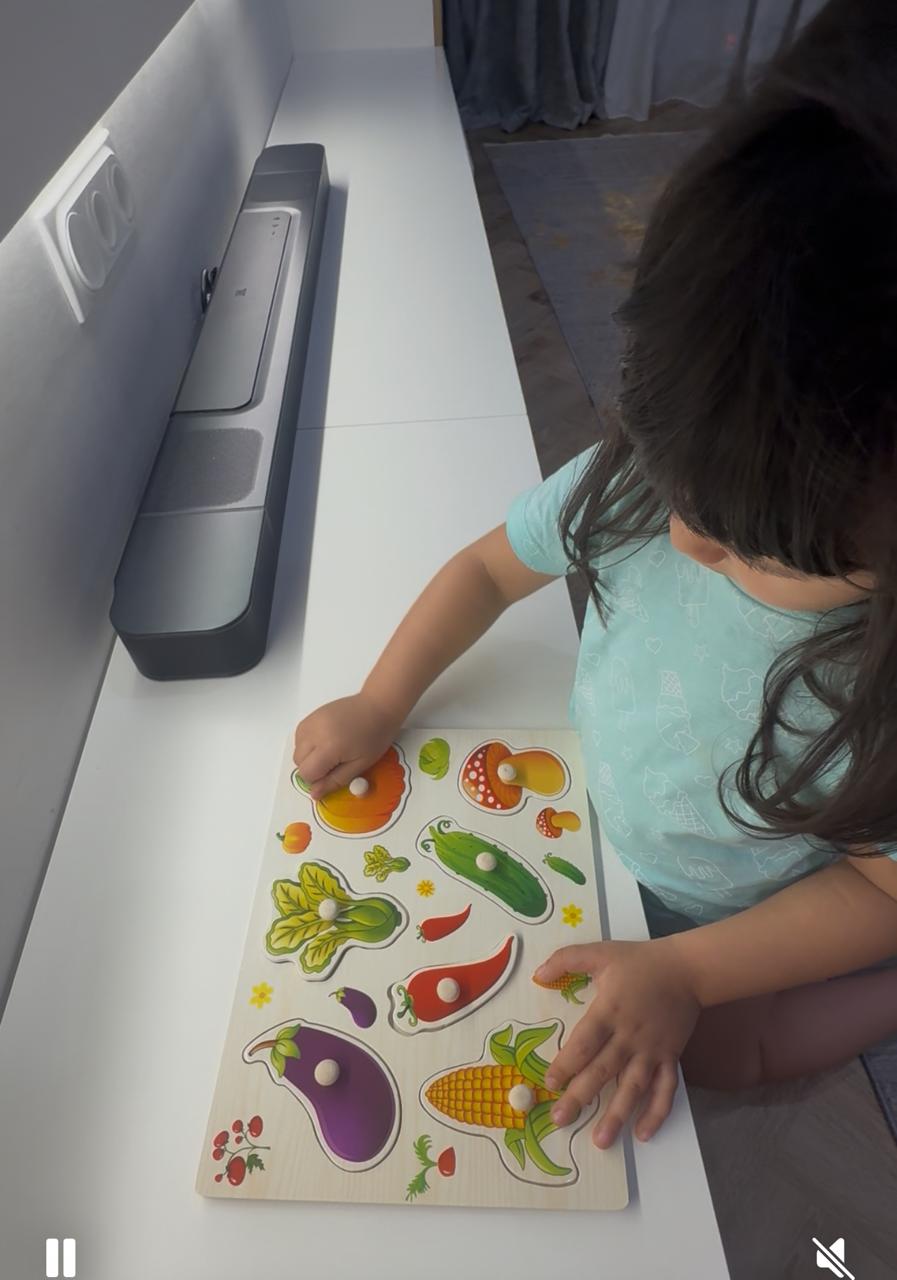
Dilana’s mother Read More

Irina and Stefan – Ilya’s parents Read More

Kristina – mother of Nelly and Nik Read More
